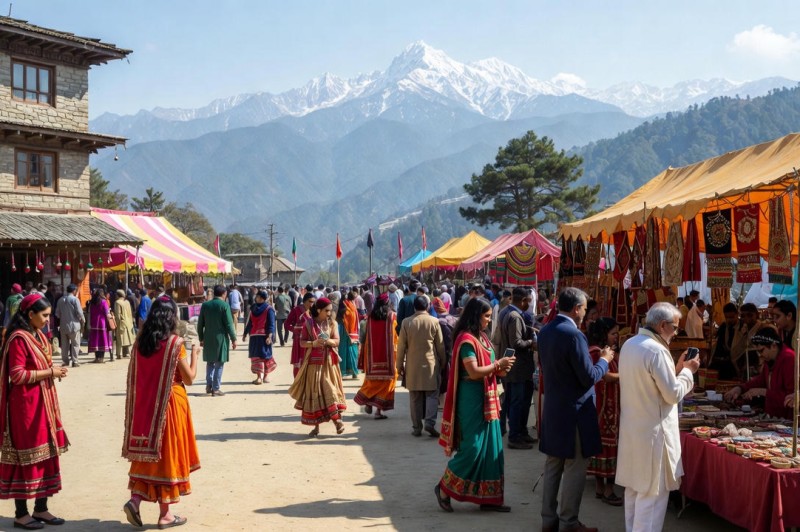

The Bull Temple, also known as Dodda Basavana Gudi, is a celebrated landmark nestled in the heart of Bangalore, Karnataka. Revered for its historical significance and architectural splendor, this sacred site stands as a testament to the city's rich cultural heritage and spiritual legacy.
The Nandi Temple, dedicated solely to the veneration of the revered bull (known as Basava in Kannada) in Hinduism, embodies the significance of Nandi, the joyous celestial being and divine vehicle of Lord Shiva. Erected in 1537 by Kempe Gowda, during the Vijayanagara empire's reign and the inception of Bengaluru, the temple showcases the distinctive Vijayanagara architectural style.
Named after the colossal granite Nandi monolith residing within the sanctum sanctorum, the temple features intricate carvings and Saivite motifs. Over time, the monolith has acquired a darkened hue from the application of charcoal and oil. Despite its modest dimensions, comprising solely of the shrine and an adjoining porch, the temple exudes a profound spiritual aura.
Renowned for housing one of the largest Nandi murthis globally, the temple's monolithic idol stands approximately 15 feet tall and extends over 20 feet in length. Adorned with elaborate detailing, the shrine stands as a testament to the enduring devotion and architectural grandeur of ancient Hindu temples.
Dedicated to Nandi, the divine mount and faithful companion of Lord Shiva, the Bull Temple holds a special place in the hearts of devotees and visitors alike. Nandi is revered as the guardian deity of Bangalore, bestowing blessings of strength, fertility, and prosperity upon those who seek his divine grace.
Constructed in 1537 by Kempegowda I, the founder of Bangalore and the visionary behind the city's iconic watchtowers, the Bull Temple is steeped in history. Its architectural style reflects the traditional Dravidian craftsmanship, characterized by intricate carvings, towering gopurams (temple towers), and spacious halls.
The centerpiece of the Bull Temple is the monolithic statue of Nandi, sculpted out of a single granite rock. This awe-inspiring statue stands at an impressive 4.5 meters in height and 6.5 meters in length, making it one of the largest Nandi statues in the world. Its sheer size and intricate detailing captivate the imagination of all who behold it.
Throughout the year, the Bull Temple comes alive with vibrant festivities and religious ceremonies. One of the most anticipated events is the Kadalekaayi Parishe, or Groundnuts Fair, held annually during the Karthika Maasa. This colorful event draws crowds from far and wide, offering a glimpse into the rich cultural tapestry of Karnataka.
Legend has it that the Bull Temple's location was once plagued by a mighty bull that ravaged the fields, consuming all the groundnuts grown by the villagers. In response, the farmers united to confront the bull, leading to a divine intervention by Lord Shiva himself, who transformed the bull into a statue, thus putting an end to its rampage.
As one of Bangalore's oldest and most revered landmarks, the Bull Temple continues to inspire awe and reverence among devotees, tourists, and history enthusiasts alike. Its tranquil surroundings, serene ambiance, and spiritual significance make it a must-visit destination for anyone seeking a deeper understanding of Karnataka's rich cultural heritage.
Conclusion: The Bull Temple stands as a shining beacon of faith, devotion, and architectural brilliance, embodying the essence of Bangalore's cultural identity. With its historical legacy, religious fervor, and architectural grandeur, this iconic landmark remains a cherished symbol of Karnataka's rich cultural heritage for generations to come.